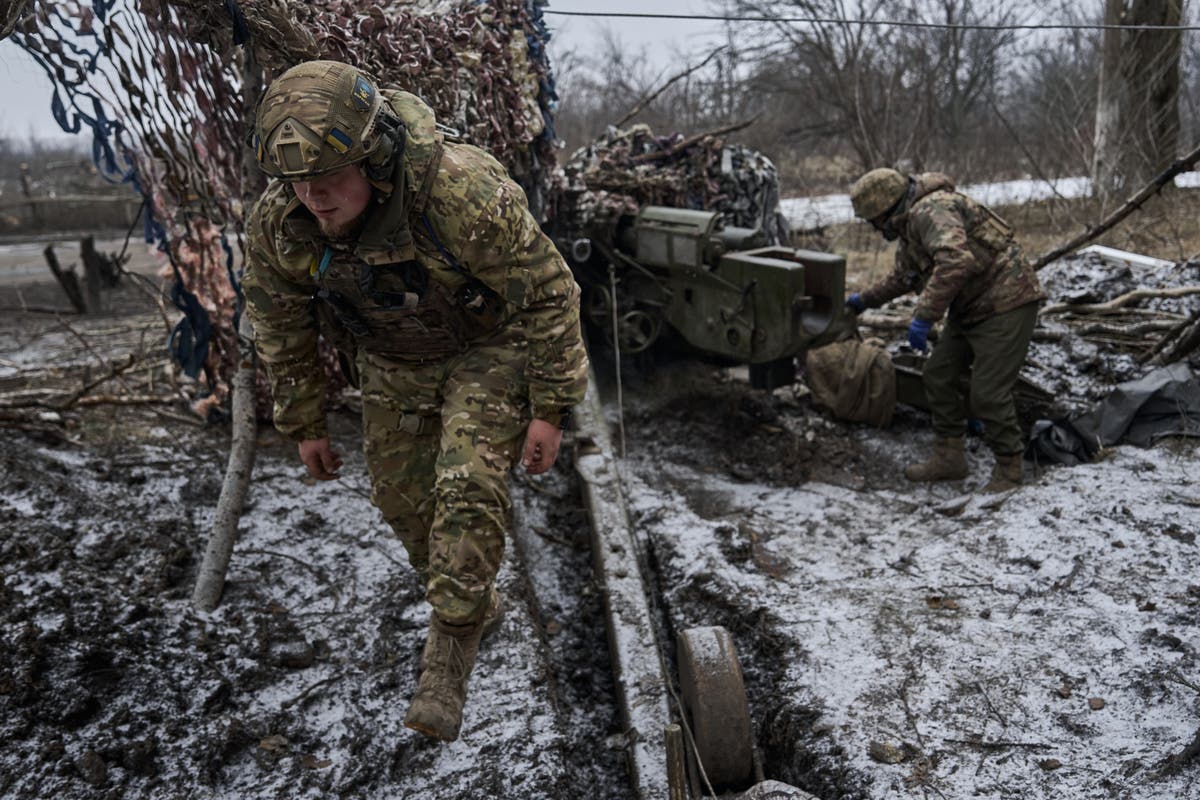How cloud seeding can make it rain or prevent extreme weather
Cloud seeding has been named by some media reports as a possible contributor to record-setting rain and flooding in Dubai in the United Arab Emirates. Here’s a closer look at what cloud seeding is, how it’s used and whether it could have made the flooding worse.
What is cloud seeding?
It’s the process of making tiny drops of water vapour and ice crystals in clouds stick together into larger, heavier droplets or pellets that fall as rain or snow.
Often, this is done by spraying particles of salts such as silver iodide or table salt using special flares carried by airplanes or projectiles such as rockets, cannons or missiles.
The U.A.E. has also used drones to zap clouds with electric charges for cloud seeding.
Is this a new technology?
No. It’s actually been around since the 1940s. It’s been used in dozens of countries, including Canada. Despite that, interestingly, it was only recently that scientists have been able to prove it works by distinguishing between natural and induced rain or snow.
A look at the practice of cloud seeding — is it effective in drought prevention?
What is it used for?
It’s often used to fight droughts by inducing rain or snow, including by the U.A.E. to try to recharge its dwindling groundwater supplies.
In the U.S., there have been efforts to use it to fight wildfires.
In Canada, it’s often used to lessen the damage caused by hail, by getting moisture in the clouds to fall as rain or snow before it can build up into hail.
Hailstorms have been pelting Alberta, but some say the damage could be far worse.
How effective is it?
“The results of about 70 years of research into the effectiveness of cloud seeding are mixed,” wrote atmospheric scientist William R. Cotton of Colorado State University in a 2022 article published in The Conversation. He added that it requires the right kinds of clouds with enough moisture, and the right temperature and wind conditions, and produces only small increases in precipitation.
A recent study measured the snow from three cloud seeding events and calculated that they caused enough water to fill 282 Olympic-sized swimming pools to fall over an area of 80 by 80 kilometres — a tenth of a millimetre on average at any given spot.
“Regardless of the mixed evidence, many communities are counting on it to work,” Cotton said.
The U.A.E. National Centre of Meteorology says cloud seeding can boost rainfall from a specific cloud by 25 per cent under optimal conditions, and the technology “plays a crucial role in the broader context of climate change mitigation and building climate resilience.”
Hail suppression is also considered effective enough that insurance companies in Canada invest millions a year to seed clouds in Alberta.
Could cloud seeding have played a role in the Dubai floods?
According to The Associated Press, several reports quoted meteorologists at the National Centre for Meteorology as saying they flew six or seven cloud-seeding flights before the rains. Flight-tracking data analyzed by AP showed one aircraft affiliated with the U.A.E.’s cloud seeding efforts flew around the country on Monday.
The Dubai Police have issued a public safety advisory after heavy storms washed over the city, leaving streets flooded. More unstable weather is expected to continue until Wednesday.
The National, an English-language, state-linked newspaper in Abu Dhabi, quoted an anonymous official at the centre on Wednesday as saying no cloud seeding took place on Tuesday, without acknowledging any earlier flights.
A number of researchers from the University of Reading, some of whom worked with the U.A.E. to develop electric cloud seeding technology, issued statements saying cloud seeding could not have been a major contributor to such severe weather.
“The U.A.E. does have an operational cloud seeding programme to enhance the rainfall in this arid part of the world, however, there is no technology in existence that can create or even severely modify this kind of rainfall event,” wrote Maarten Ambaum, a meteorologist at the University of Reading who has studied rainfall patterns in the Gulf region.
“In this particular case, there would have been no benefit to seed these clouds as they were predicted to produce substantial rain anyway.”
A new study suggests climate change will significantly increase the risk of heavy rains drenching areas scorched by wildfire along the West Coast of the United States similar to what was seen in Merritt, B.C., last year.
Other researchers agreed.
“It is very unlikely that cloud seeding would cause a flood,” Roslyn Prinsley, the head of disaster solutions at the Australian National University Institute for Climate, Energy and Disaster Solutions, told TIME, describing such claims as “conspiracy theories.”
On the other hand, both Ambaum and Prinsley, pointed to climate change as a likely factor in the extreme rainfall, as a warmer atmosphere can hold more water vapour.
A 2022 analysis of weather events around the world in the past two decades showed that episodes of heavy rainfall are becoming more common and more intense as the climate warms.








